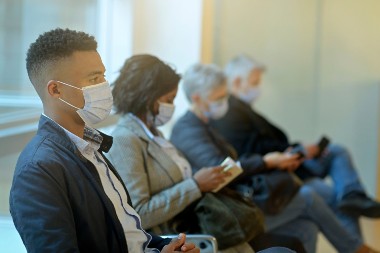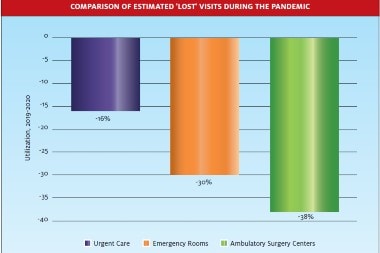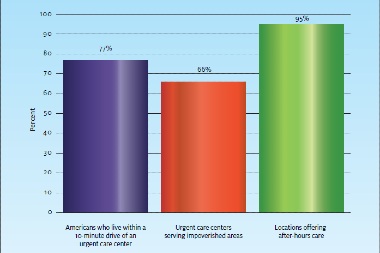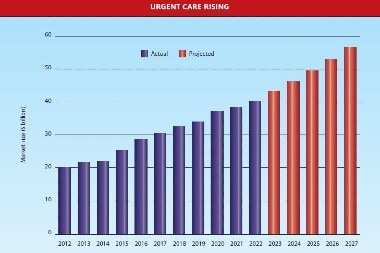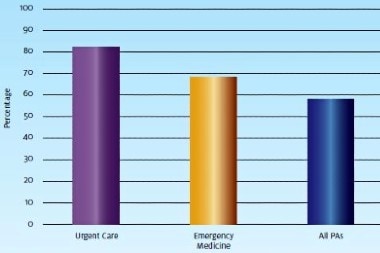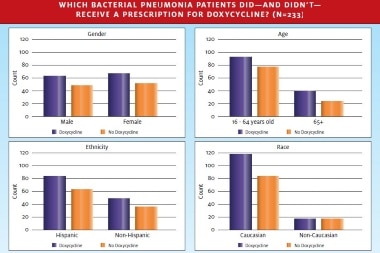In terms of services offered, urgent care “should” appeal to patients of all ages. And it does. But to which age groups does it appeal the most? If you guessed “Millennials, ” you’re right—and that’s nothing new, according to the FH Healthcare Indicators and FH Medical Price Index 2022. In fact, those born between 24 and 39 years of age in 2020, when the data were collected, have been urgent care’s top customers for several years …
Read More